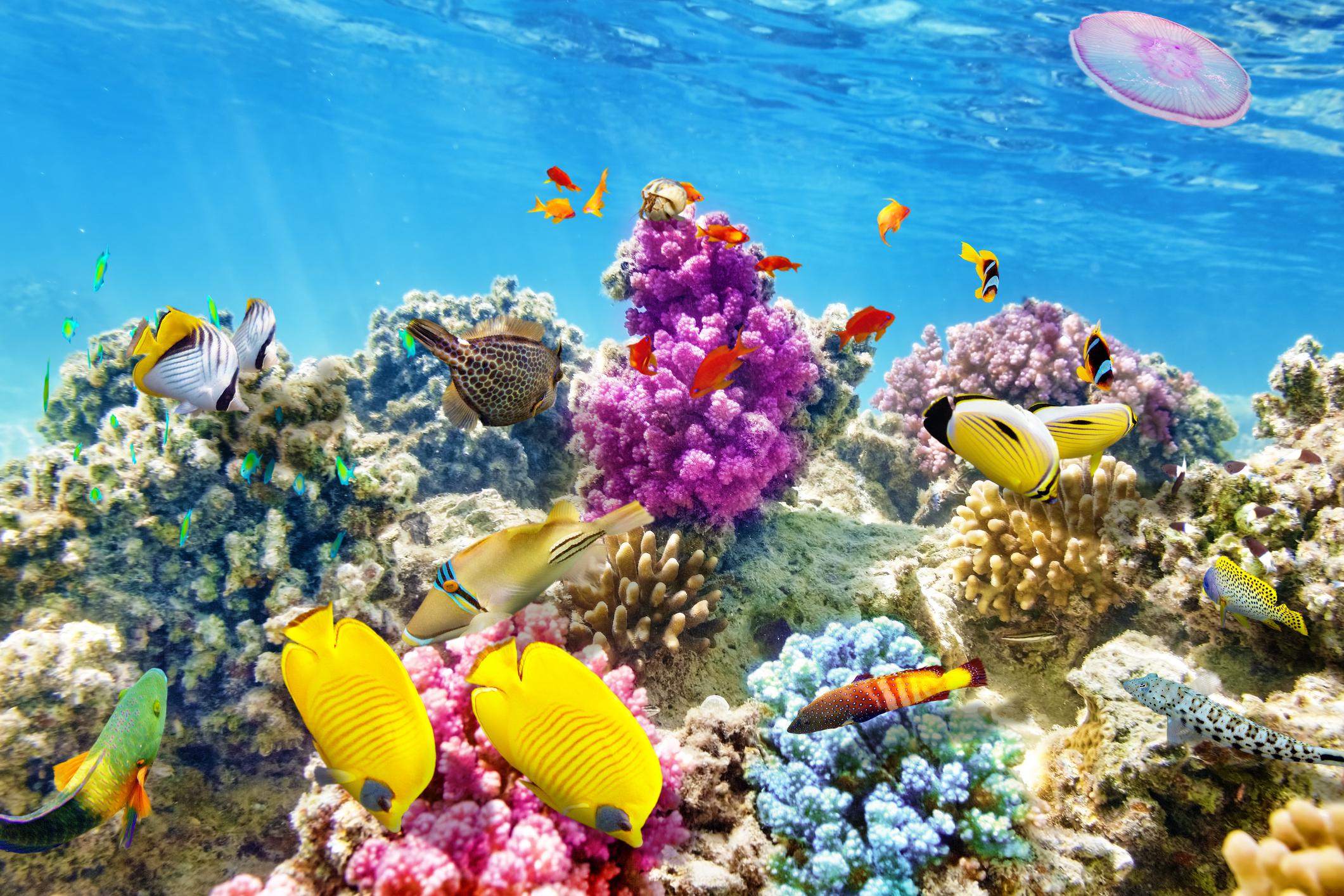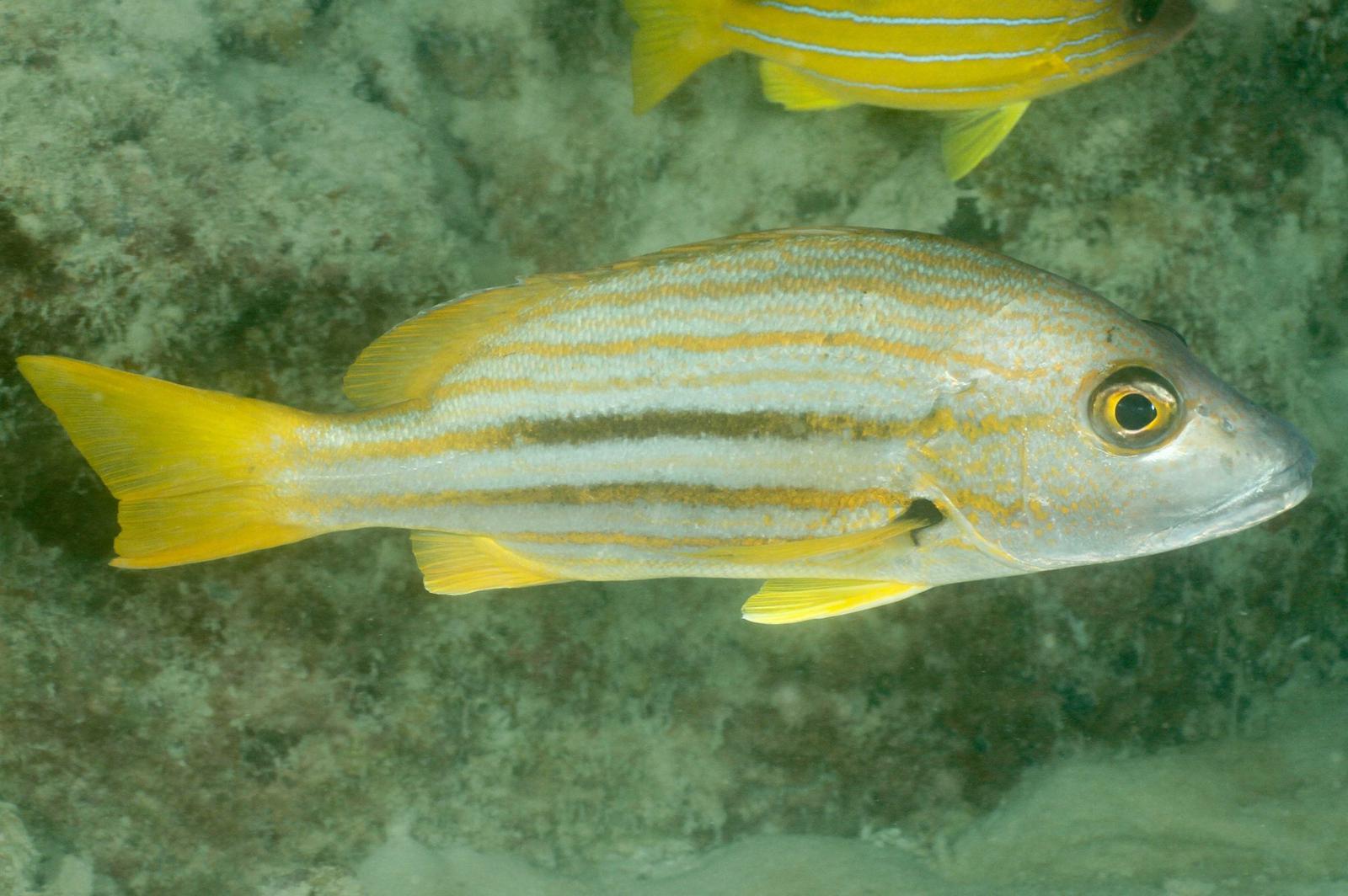Centralized database helps scientists better understand coral reefs

Aerial view of Australia’s Great Barrier Reef. © iStock
Coral reefs are under a growing threat from climate change and human activity, making it more important than ever to understand their strengths and vulnerabilities. A team of EPFL scientists has now taken an important step in this direction with the new RECIFS open-access database on reef environments.
The Reef Environment Centralized InFormation System (RECIFS) is a web application that provides a single repository of all datasets currently available on reef environments worldwide. Developed by scientists from EPFL and the ENTROPIE research group on marine ecology for the Pacific and Indian Oceans, RECIFS lets researchers compare different datasets and gain key insight into how corals are – or are not – able to adapt to climate change and stressors from human activity.
The datasets provided through RECIFS originate from the public domain and contain nearly four decades of environmental measurements, including both physical properties (such as water temperature, heat waves and sea-current velocity) and chemical ones (such as chlorophyll concentration, salinity and pH). These data can be used to form hypotheses on how specific environmental variables influence reef ecosystem dynamics and develop effective conservation strategies in response. RECIFS also holds data on human activity in the proximity of coral reefs, like boat traffic (which is a source of pollution), nearby cities and their population density (which can be a sign of overfishing), and agricultural land use (which can indicate fertilizer runoff into the sea). RECIFS was recently unveiled in an article appearing in Global Ecology and Biogeography.

Identifying irreversible processes
“By creating a single repository, we can identify the factors that triggered irreversible processes in the past, like the coral bleaching caused by heat waves,” says Oliver Selmoni, the study’s lead author, who hold a PhD in environmental engineering from EPFL. “We can also investigate why some coral reefs are more resistant to these effects and set up protected marine areas where needed.” Selmoni, who won the 2020 Chorafas Prize for his research on corals, cites the damage caused by the successive heat waves occurring over the past 20 years as a result of climate change. “How many heat waves need to occur, and how severe do they need to be, for corals to be able to adapt rather than perish? Does local water pollution make reef ecosystems stronger or, on the contrary, more fragile? These are the kinds of questions we’ll be able to answer with the RECIFS repository,” says Selmoni. These questions are particularly urgent given that 14% of hard corals were lost worldwide over the past 10 years, due mainly to anomalous heat waves.

Two use examples
The research was spearheaded by the Geospatial Molecular Epidemiology (GEOME) research group within EPFL’s Laboratory for Biological Geochemistry. In the recently published journal article, the authors give two examples of how RECIFS can be implemented. The first involves characterizing coral diversity in the Caribbean based on a dataset containing the results of photographic surveys of reefs across the area. The study authors crunched through the 302 environmental variables contained in RECIFS to pinpoint the specific environmental factors that can explain variations in coral diversity in different parts of the Caribbean – or in other words, why coral reefs are more diverse in some parts of the Caribbean than others.

The second example relates to protecting the stripey snapper, a fish that spawns in reefs located along the northwestern coast of Australia. Here, the study authors used a set of existing genomics data from 1,016 stripey snapper individuals to detect genetic markers that could indicate an enhanced ability to adapt to local climate conditions. An analysis of the 302 environmental variables found that fish living in the Shark Bay area appear to have an exceptional adaptive capacity to both thermal stress and variability in phosphate concentration.
Selmoni came up with the idea for RECIFS after studying coral reefs in New Caledonia, the Red Sea and the Indian Ocean as part of his PhD at EPFL’s School of Architecture, Civil and Environmental Engineering (ENAC). The goal is to give scientists and conservation stakeholders easy, open access to the environmental data they need to help preserve coral reefs. The repository will updated on an annual basis and may be developed further.


A Seascape genomics Approach to improve coral reefs conservation strategies against BLEaching (SABLE), the 2017 International Coral Reef Initiative (ICRI)/UN Environment Grants Programme.
Innovative Management of Animal Genetic Resources (IMAGE), European Union Horizon 2020 Research & Innovation Programme, Grant Agreement No. 677353.
https://doi.org/10.1111/geb.13657
Research conducted in association with the French National Research Institute for Sustainable Development (IRD) and the ENTROPIE research unit in Nouméa, New Caledonia.
Links
- Geospatial Molecular Epidemiology (GEOME) research group, Laboratory for Biological Geochemistry, EP
- RECIFS (Reef Environment Centralized InFormation System)
- “Applying environmental genomics to coral conservation,” EPFL news article, 12 November 2020
- “Genomics can help restore coral reefs in the Indian Ocean,” EPFL news article, 18 March 2022
- “Identifying super corals through DNA analysis,” EPFL news article, 20 February 2018



